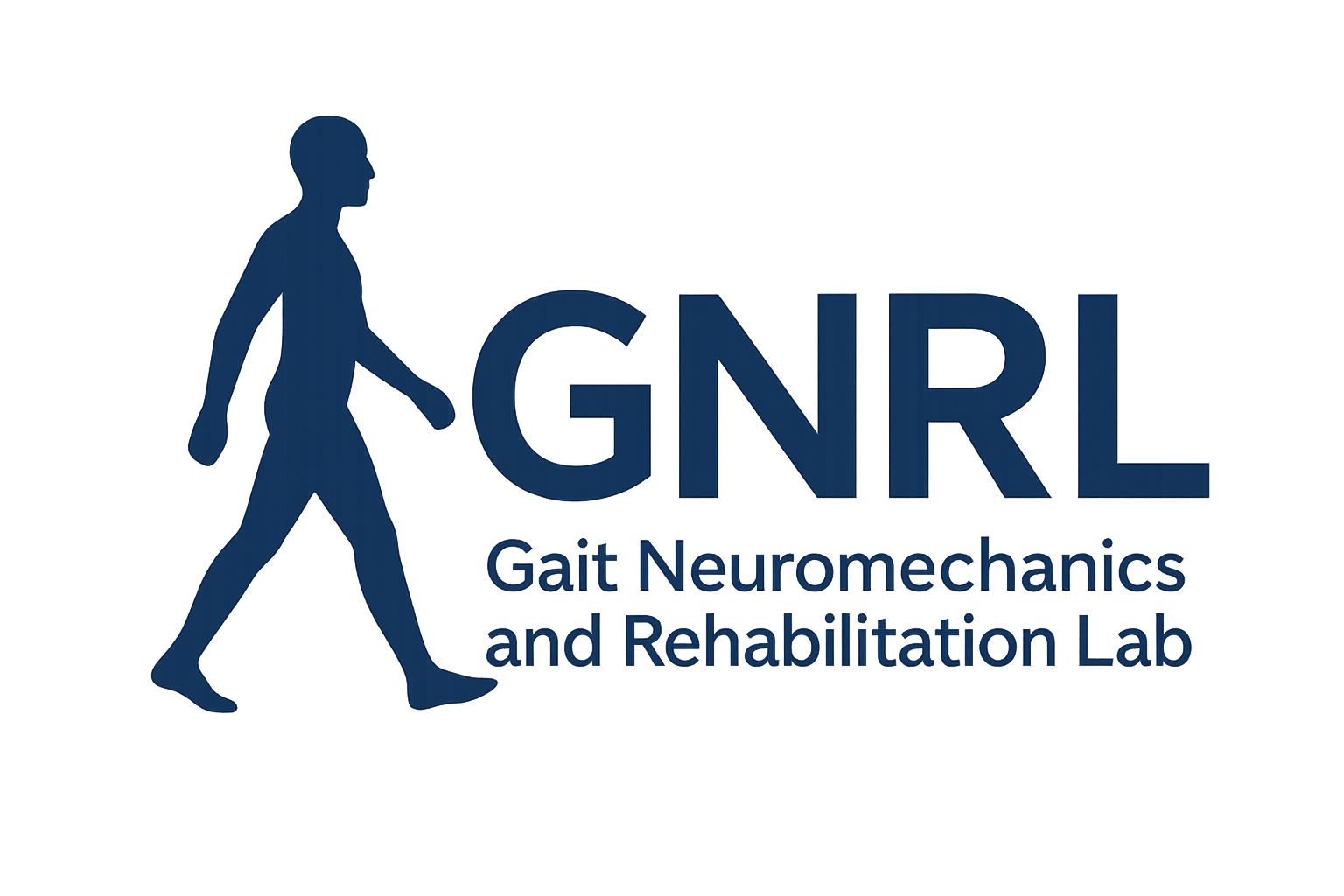Open-source datasets and code
From my prior work and the GNRL’s work.
- Musculoskeletal models of walking with ankle exoskeletons: Contains models and datasets to simulation walking with ankle exoskeletons in children with and without cerebral palsy.
- Rosenberg M, Steele KM. Simulated impacts of ankle foot orthoses on muscle demand and recruitment in typically-developing children and children with cerebral palsy and crouch gait. PloS one. 2017 Jul 13;12(7):e0180219.
- Data-driven modeling of walking with ankle exoskeletons: Contains data and modeling code for purely data-driven models and physics-based (template) walking models.
- Rosenberg MC, Banjanin BS, Burden SA, Steele KM. Predicting walking response to ankle exoskeletons using data-driven models. Journal of the Royal Society Interface. 2020 Oct 28;17(171):20200487.
- Rosenberg MC, Proctor JL, Steele KM. Quantifying changes in individual-specific template-based representations of center-of-mass dynamics during walking with ankle exoskeletons using Hybrid-SINDy. Scientific Reports. 2024 Jan 10;14(1):1031.
- Gait Signatures modeling framework: Contains data and modeling code to generate Gait Signatures of walking in non-disabled adults and stroke survivors.
- Winner TS, Rosenberg MC, Jain K, Kesar TM, Ting LH, Berman GJ. Discovering individual-specific gait signatures from data-driven models of neuromechanical dynamics. PLOS Computational Biology. 2023 Oct 27;19(10):e1011556.
Running list of random resources, ideas, and advice
- My old and rambling blog post on how to write an NSF GRFP. The post skips the general recommendations on how to write a GRFP application. Instead, the post focuses and expands upon common mistakes that I’ve seen many graduate students make when writing their GRFP statements.
- A great blog post from Prof. Lena Ting on how to read scientific papers. This is a must-read for students who are new to research and will save you a lot of time.
